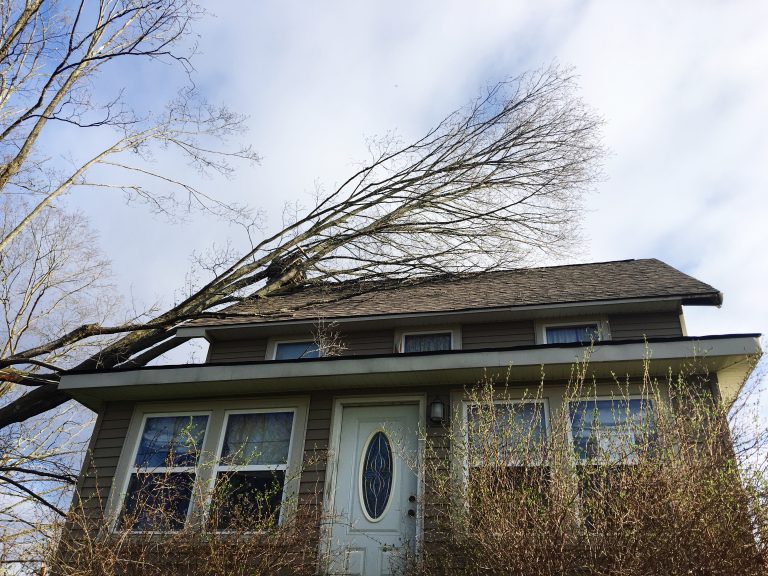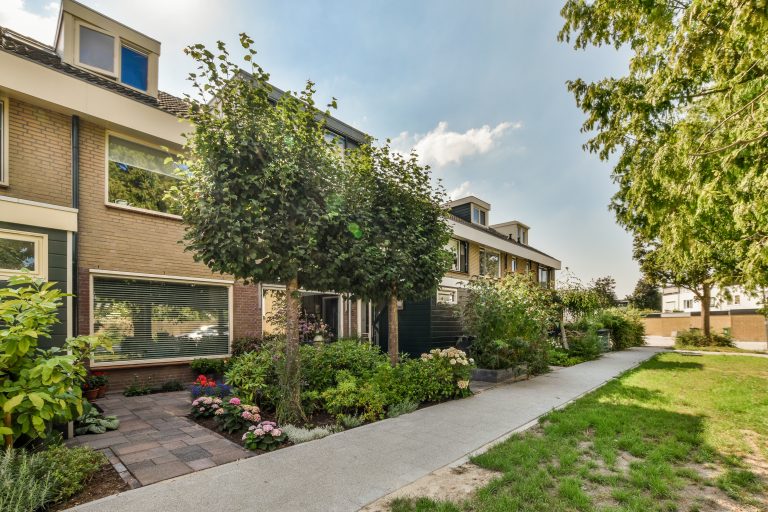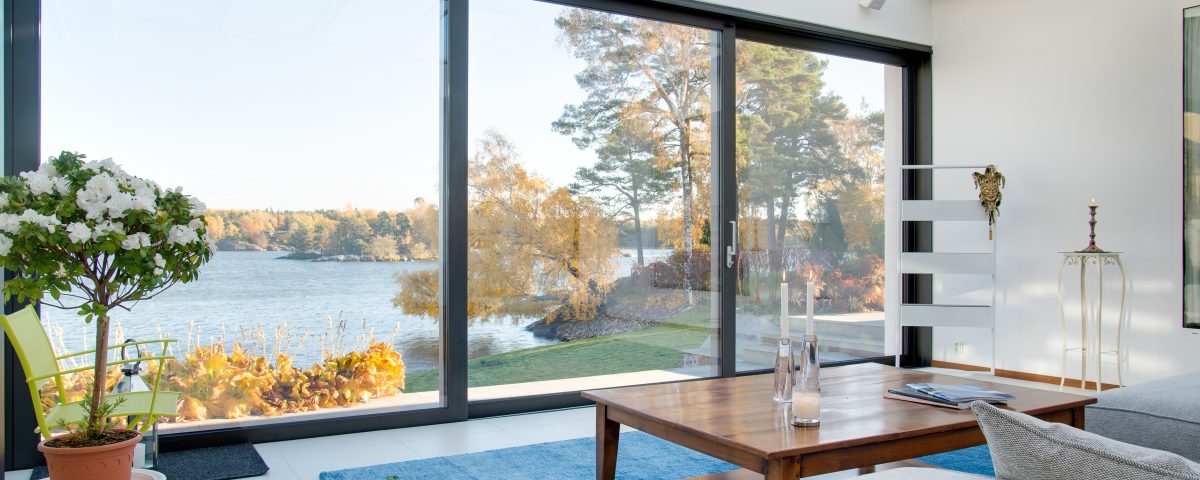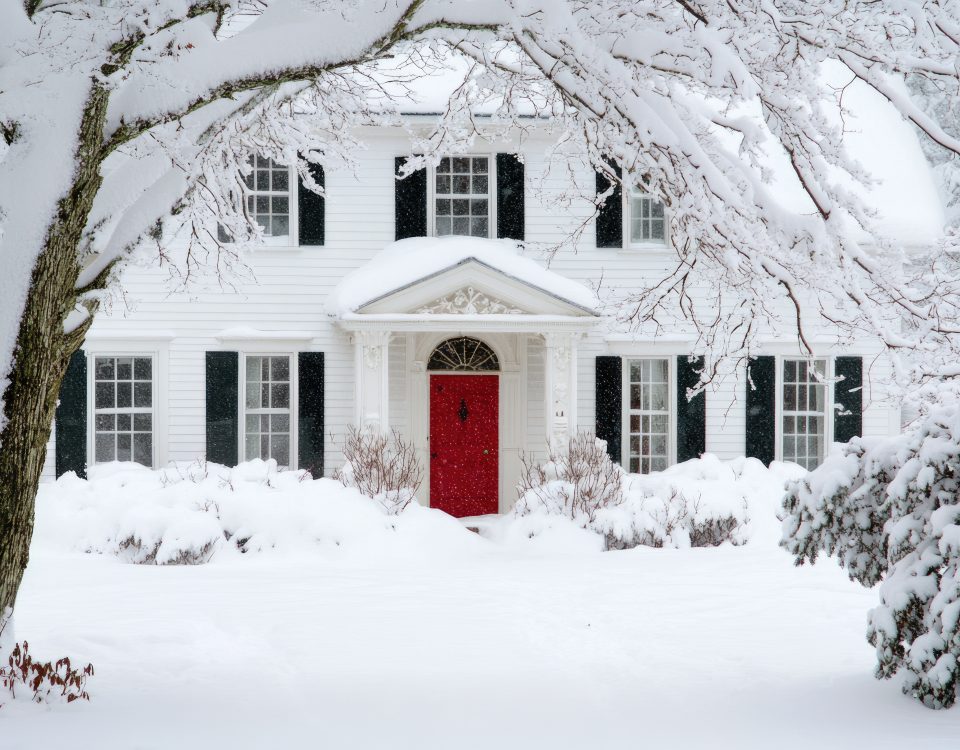The BRRRR Strategy

Winning the Spring Market
May 27, 2025
Exterior Mistakes
August 11, 2025A Modern Real Estate Investor’s
Practical Guide to the BRRRR Strategy
The BRRRR method—Buy, Rehab, Rent, Refinance, Repeat—is a popular and powerful strategy for real estate investors looking to build wealth steadily. It’s not a quick flip or passive buy-and-hold; it’s a hands-on approach that requires savvy decision-making, patience, and strategic execution. Done right, BRRRR can help you acquire multiple properties using the same initial investment. But there’s no autopilot button here. To succeed, you need to know how to spot deals, avoid money pits, and manage each phase of the process with precision.
Spotting the Right Property
The first and most critical step is identifying a property that makes financial sense. You’ll want to target undervalued homes in up-and-coming neighborhoods—places where appreciation is likely, but not yet priced in. Look for signs of infrastructure development, new businesses, or school improvements. The goal is to buy below market value, factoring in your rehab budget and after-repair value (ARV). Use the 70% rule: aim to buy properties for 70% or less of the ARV minus rehab costs. A solid property analysis with cash flow projections is non-negotiable—guesswork won’t cut it here.
Staying Organized With Digital Document Tools
Managing paperwork across multiple properties and transactions can quickly become overwhelming. By digitizing important documents—like contracts, rehab receipts, leases, and mortgage statements—you can easily keep everything in one file. You can also add pages to your PDFs using an online tool, which is useful for updating records without starting from scratch. Free PDF tools also allow you to reorder, delete, and rotate pages for better clarity and organization. If managing physical files is slowing you down, this may help you streamline your workflow and reduce stress.
Avoiding the Money Pits

Not all cheap homes are good investments. Avoid properties with foundational damage, serious mold issues, or extensive environmental hazards unless you’re highly experienced. These problems often come with unpredictable repair costs that can derail your budget and timeline. Also, steer clear of neighborhoods with high crime rates or declining rental demand, even if prices seem tempting. A property that’s hard to rent or refinance isn’t worth your time. Look for homes that need cosmetic work—kitchens, bathrooms, flooring—without major structural surprises.
Purchasing and Mortgage Moves
Getting a mortgage on a distressed property can be tricky. Many investors start with hard money loans or private lenders for the initial purchase and rehab because these loans close quickly and are more flexible. Make sure you have your financing lined up in advance—cash offers or fast funding wins deals in competitive markets. Be transparent about your BRRRR plan with your lender and ensure your rehab timeline matches your loan terms. Once the rehab is complete and the property is stabilized, you can refinance into a long-term conventional or portfolio loan to recoup your capital.
Rehabbing With ROI in Mind
Renovation is where your investment either gains value or sinks. Focus on high-ROI upgrades that appeal to renters and appraisers alike. Kitchens and bathrooms lead the list, but don’t overlook curb appeal, lighting, and flooring. Energy-efficient upgrades like new windows or smart thermostats can also attract quality tenants and reduce utility costs. Stay within budget and avoid over-customizing—neutral, durable finishes are best. Document every improvement for your lender and appraiser with photos, receipts, and permits.

Finding and Keeping Reliable Tenants
Your cash flow depends on finding tenants who pay on time and treat the property with care. Start by marketing your rental professionally—clean photos, detailed listings, and clear criteria. Screen tenants thoroughly with background checks, credit reports, and landlord references. Set clear expectations in your lease and conduct a thorough move-in inspection with documentation. Once you’ve secured a tenant, keep communication open and address maintenance promptly. A good tenant experience means longer stays, fewer turnovers, and better reviews if you rent again in the future.
Recapturing Your Capital
Refinancing is the step that unlocks the “Repeat” in BRRRR. Once the rehab is complete and your tenant is in place, order an appraisal to determine the property’s new value. Aim for a loan that allows you to pull out your original capital (or as close as possible) while still cash flowing. This is easier if the property appraises well and your renovations boost equity significantly. Be prepared with documentation: rehab receipts, tenant lease, and a rent roll. Work with a lender familiar with BRRRR or rental property loans to make the process smoother.
In Conclusion
The BRRRR strategy is a powerful engine for real estate investors who want to scale quickly without tying up all their capital. But it’s not for the passive or the unprepared. Success in BRRRR demands market knowledge, financing strategy, renovation discipline, and property management skills. By mastering each phase—from identifying deals to refinancing and repeating—you can steadily build a portfolio that generates cash flow and long-term equity. Keep learning, stay nimble, and treat every property as both a lesson and an investment. In time, the BRRRR method won’t just be a plan—it’ll be your path to financial independence.
Discover the art of luxury living with The Susan and Moe Team, where exceptional service and personalized attention redefine your real estate experience in Ottawa.
Guest Blog by:
Leah Bright





